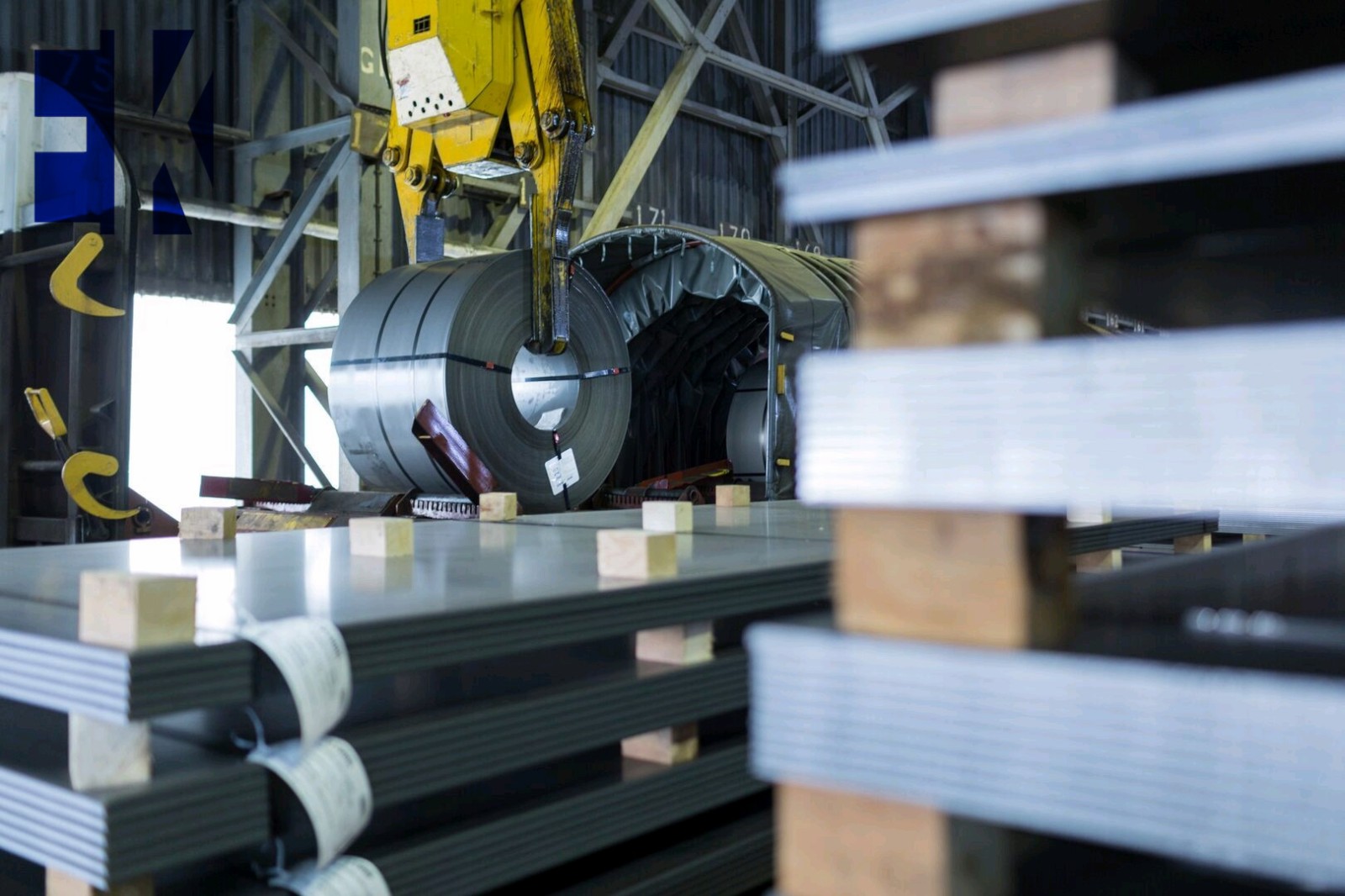The grain boundary engineering treatment of 316 and 316L austenitic stainless steels: stretched to 5% deformation, kept at 1 100℃ for 45 and 60 minutes, and then water quenched. The 316 and 316L steels that have not been processed and processed by the grain boundary engineering were subjected to sensitization treatment at 650℃×5 h, and then the intergranular corrosion resistance test was carried out. The results show that the grain boundary ratio of the two stainless steels with low Σ coincidence position (CSL, Σ≤29) after grain boundary engineering treatment has increased to more than 75% (Palumbo-Aust standard), and formed a large-scale "mutual Σ3n A microstructure composed of clusters of grains in an orientation relationship. In addition, compared with steel that has not been treated by grain boundary engineering, both 316 and 316L steel treated by grain boundary engineering show better resistance to intergranular corrosion, and 316L steel has better resistance to intergranular corrosion than 316 steel. Corrosion performance.
Copyright © 2019 East King Steel (Guangdong) Co., Ltd. | All Rights Reserved
We are here to help you! If you close the chatbox, you will automatically receive a response from us via email. Please be sure to leave your contact details so that we can better assist